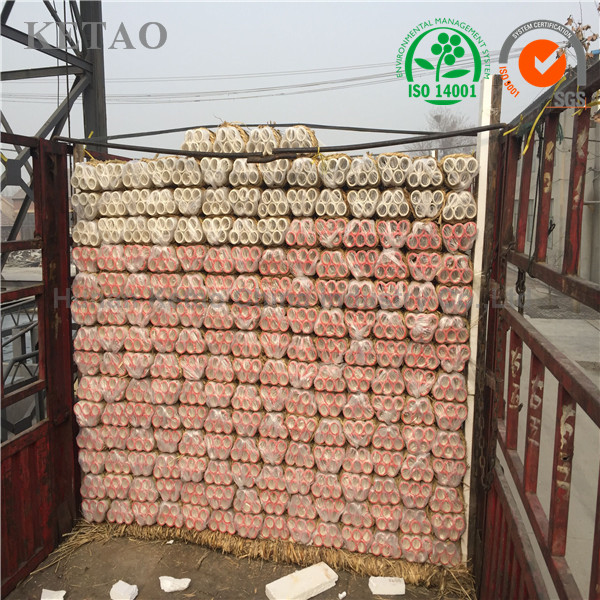Zirconia ceramics, also known as zirconium oxide ceramics, are a class of advanced ceramic materials that have gained significant attention in recent years. These ceramics are primarily composed of zirconium oxide (ZrO2), a compound known for its unique properties and versatility. Zirconia ceramics exhibit exceptional mechanical strength, excellent thermal and chemical stability, as well as remarkable electrical and biocompatibility properties. These characteristics make them highly sought after in a wide range of industries, including aerospace, automotive, electronics, medical, and energy.

One of the key features of zirconia ceramics is their outstanding mechanical strength and toughness. They possess high fracture toughness, allowing them to withstand significant mechanical stresses and resist cracking or fracturing under extreme conditions. This makes zirconia ceramics suitable for demanding applications where strength and reliability are crucial.
Zirconia ceramics also exhibit excellent thermal and chemical stability. They can withstand high temperatures, rapid temperature changes, and thermal shocks without compromising their structural integrity. This makes them suitable for applications in high-temperature environments, such as gas turbines, furnace linings, and thermal barrier coatings. Additionally, zirconia ceramics have a low thermal conductivity, which makes them effective insulators and thermal barrier materials.
Another notable property of zirconia ceramics is their electrical conductivity, which can be tailored through the addition of stabilizing agents. This makes them suitable for applications in the electronics industry, such as solid oxide fuel cells, oxygen sensors, and electronic components that require high-temperature stability and electrical conductivity.
Zirconia ceramics also find extensive use in the medical field, particularly in dental and orthopedic applications. Their biocompatibility and resistance to corrosion make them ideal for dental implants, dental crowns, and joint replacements. Zirconia ceramics offer excellent aesthetics, durability, and compatibility with the human body, contributing to improved patient outcomes.
In the energy sector, zirconia ceramics are employed in solid oxide fuel cells (SOFCs), where they serve as electrolytes or electrode materials. The high ionic conductivity of zirconia ceramics at elevated temperatures enables efficient energy conversion, making them a promising technology for clean and efficient power generation.
The aerospace industry also utilizes zirconia ceramics for various applications, including thermal barrier coatings, engine components, and wear-resistant parts. Their exceptional properties contribute to enhanced performance, fuel efficiency, and reliability in aerospace systems.
Zirconia ceramics offer a unique combination of mechanical strength, thermal and chemical stability, electrical conductivity, and biocompatibility. These versatile materials find applications in diverse industries, driving innovation and advancement in technology. As research and development continue, zirconia ceramics are expected to play an increasingly significant role in numerous fields, offering improved performance, efficiency, and sustainability.



